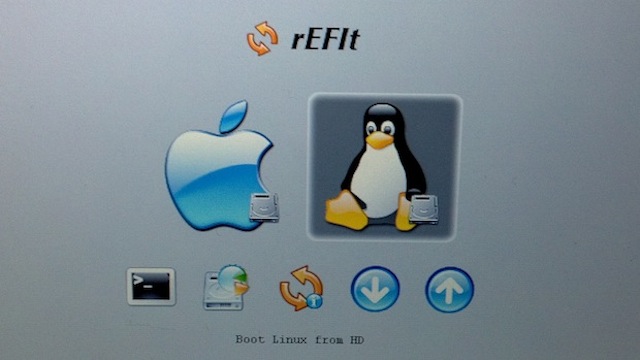Format C Drive Install Ubuntu On Mac
A guide to Creating a separate home partition in Ubuntu during installation.
Creating a separate home partition in Ubuntu during installation. This work is licensed under a Creative Commons Attribution- Share. Alike 3. 0 Unported License. C: \ is for the main drive, and D: \ and E: \ (etc.) are for all subsequent drives that get plugged in. In Linux (and Mac OS X), the root directory (represented by a single forward slash, and not to be confused with the /root directory which lives underneath /) is the single top- level directory under which everything else lives, including /home.
Ubuntu will see /home as just another folder living underneath /, but the home folder will really be its own disk partition that lives apart from the rest of the folders. So if you want to do it, do it during installation. Instructions. During the installation wizard, when you get to the Prepare disk space section, the default is that you install Ubuntu side by side with whatever operating system you already have (e.

This tutorial describes how to install Ubuntu by copying the contents of the installation CD to an USB memory stick (aka flash drive) and making the stick bootable. Tech and Science topics: phones, computers, gadgets, and the Internet, astronomy & earth science, climate & weather, environment & green living and much more. Intro: How to Make Your Own "Ubuntu LiveUSB" Ubuntu is a remote computer operating system based on Linux. It is a free and open source software, using its own desktop. I have a HD protected by Bitlocker. Login, password and restorekey are unknown and all I want to do is wipe the whole drive. When I try to boot from a windows. There are no drive letters. All devices, including drives, are found in — conveniently enough — /dev. Figuring out which is which can be tough, and this is a. This step-by-step guide explains how you can install Windows 8.1 on Mac without Boot Camp software.
Windows or another Linux installation). In most cases, you wouldn't want a separate /home partition unless you had at least 3. GB of hard drive space.
Once you've done that, select New partition. You'll be asked to fill out some things. I think you need to have at least one primary, though. If you anticipate having only three partitions total, you might as well make them all primary. You don't want that. You want a smaller partition. You can either use the up/down arrows to change the size of the new partition or type the desired size in the white box.
As a bare minimum, I would suggest a 4 GB root partition. If you have a slightly larger drive, you may want to bump it up to 1. GB, just to be safe. I believe Ubuntu 9. Ext. 4. In this case, I'm making only two partitions (one / and one /home), so I'm just going to make both primary. I'm going to go ahead and do that, but you don't have to. Clamav On Access Scanner Windows 10 there. If you have very little RAM (less than 5.
MB) or if you plan to use hibernate (also known as suspend- to- disk), you should create what's called a swap partition, usually 1. RAM you have. Swap is one of the types you can select instead of ext. Use as drop- down. For novices, I would recommend just sticking with a separate /home partition.
